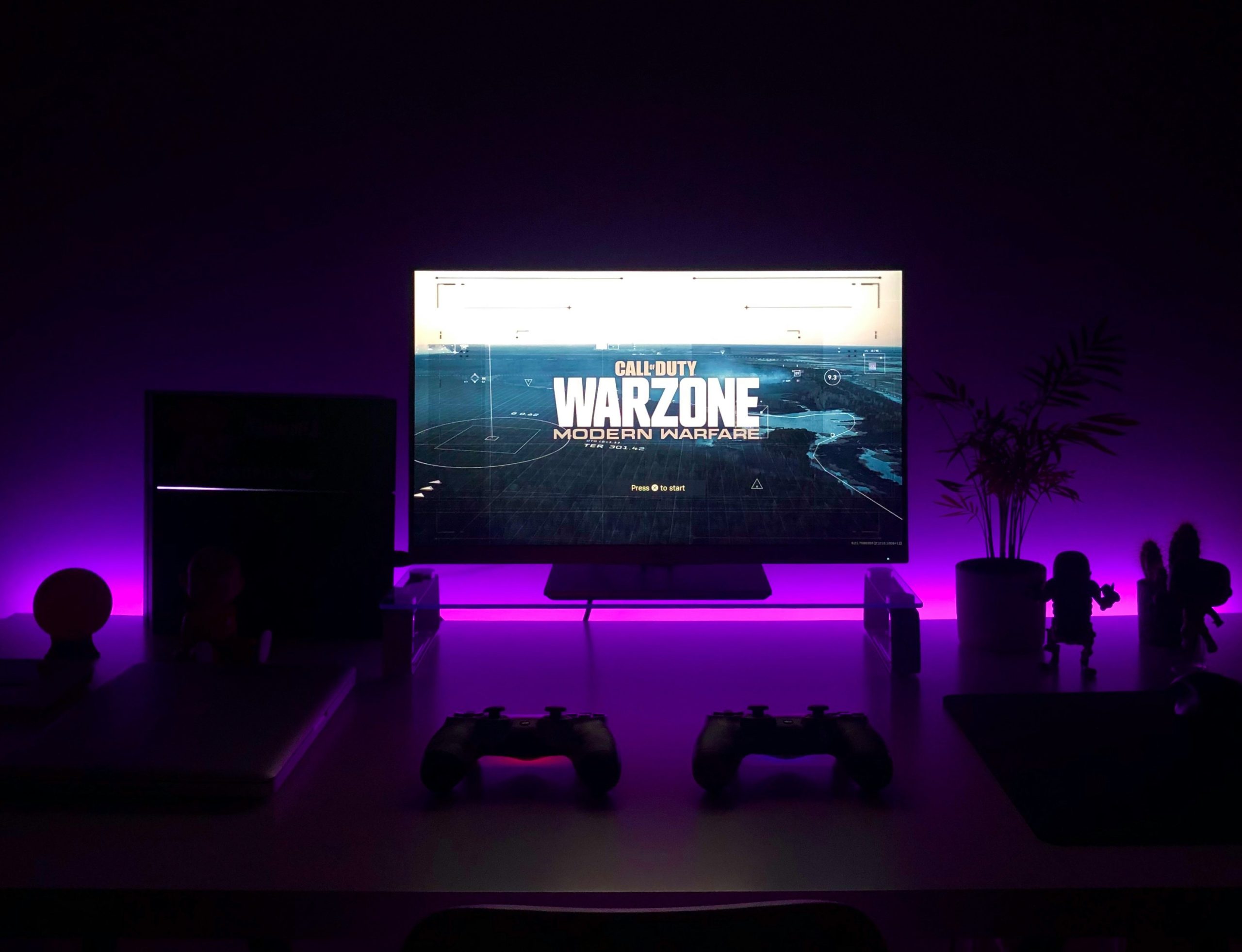Introduction
User Interface (UI) and User Experience (UX) are very important components of modern gaming, considerably impacting player engagement and immersion. In this brief article, we check out the world of UI/UX style in video gaming, exploring its advancement, finest practices, and insights from leading video game designers. Read more about ui ux game design here.
Comprehending UI/UX in Video Gaming
UI describes the components through which players interact with a game, such as menus, buttons, and HUDs, while UX incorporates the basic experience and complete fulfillment originated from using the interface. In video gaming, UI/UX style plays a necessary role in assisting gamers through the computer game world, assisting in interaction, and boosting immersion.

The Advancement of UI/UX in Video gaming
Throughout the years, UI/UX in video gaming has advanced considerably, driven by developments in innovation and the changing expectations of gamers. From the easy text-based interface of early video games to the sophisticated UI designs of modern-day titles, the development of UI/UX reveals the growing intricacy and variety of the gaming landscape.
Games like “The Legend of Zelda: Ocarina of Time” and “Half-Life 2” are usually mentioned for their ingenious use of UI/UX aspects to boost gamer immersion and storytelling. These video games introduced features such as context-sensitive menus and dynamic HUDs, blurring the line in between gameplay and interface.
Creating Intuitive Controls
Leading computer game designers stress the value of developing easy to use control plans that feel natural and responsive to gamers. This consists of mapping controls to input devices in such a way that minimizes cognitive load and takes advantage of gamer firm. For example, action-oriented video games may concentrate on simpleness and responsiveness in their control plans, while method video games may focus on offering depth and complexity. Similarly, the integration of tools like an AI video generator can enhance the gaming experience by providing dynamic content that adapts to the player’s actions, making the game more immersive and engaging.
Streamlining Menus and Interfaces
In an age where players anticipate pleasure principle, enhancing menus and user interfaces is important for preserving engagement. Leading computer game designers use techniques such as hierarchical company, visual hierarchy, and contextual menus to present details in a clear and user-friendly way. Games like “The Witcher 3: Wild Hunt” and “God of War” are praised for their streamlined UI styles that improve gameplay and boost immersion.
Enhancing Immersion through Visual Style
Visual design plays a substantial role in enhancing player immersion and forming the basic visual of a video game. Leading game designers leverage appearances such as color, typography, and iconography to develop cohesive and immersive UI/UX experiences. By developing a constant visual language and theme, designers can carry players into the video game world and strengthen the story and environment.
Balancing Details and Gameplay
Stabilizing the discussion of information with gameplay is a delicate balancing act for game designers. Too much information can overwhelm players and reduce the video gaming experience, while inadequate can leave them feeling lost or puzzled. Leading video game designers completely manage the circulation of details, providing it in contextually appropriate manner in which match gameplay without disrupting the immersion.
Evaluating and Version
Playtesting and version are essential elements of UI/UX style in video gaming, permitting designers to gather feedback, identify pain points, and fine-tune their styles. By observing how players connect with the UI/UX, designers can reveal performance concerns, acknowledge places for improvement, and repeat on their styles to establish a more smooth and cohesive experience.
Availability and Inclusivity
Creating UI/UX with ease of gain access to and inclusivity in mind is critical for ensuring that video games are accessible to gamers of all capabilities. Top video game designers intend to produce inclusive experiences by carrying out features such as personalized controls, colorblind modes, and alternative input methods. By removing barriers to entry and accommodating diverse player requirements, designers can develop more inclusive and welcoming video gaming environments.
Future Trends in UI/UX
Looking ahead, leading computer game designers forecast a continued concentrate on immersion, personalization, and ease of access in UI/UX style. Emerging developments such as AI, VR, and AR are anticipated to play a considerable function in shaping the future of UI/UX in gaming, utilizing brand-new chances for advancement and experimentation. By remaining abreast of these patterns and embracing brand-new developments, video game designers can produce richer, more interesting experiences for gamers.

Case Researches and Examples
Evaluating specific video games and their UI/UX style options supplies important insights into the concepts and practices of leading computer game designers. Games like “The Last of Us Part II” and “Death Stranding” are celebrated for their innovative UI/UX styles, which enhance immersion and storytelling. By studying these examples, designers can get motivation and assistance for their own tasks.
Conclusion
In conclusion, optimizing UI/UX for smooth gameplay needs a deep understanding of player habits, design principles, and emerging developments. By leveraging insights from leading game designers and accepting best practices in UI/UX style, designers can establish immersive, appealing experiences that mesmerize players and stand the test of time. As innovation continues to progress and gamer expectations develop, the function of UI/UX in video gaming will simply end up being more essential, driving development and pressing the borders of what is possible in interactive entertainment.
I am a committed and seasoned content creator with expertise in the realms of technology, marketing, and WordPress. My initial foray into the world of WordPress occurred during my time at WebFactory Ltd, and my involvement in this field continues to grow. Armed with a solid background in electrical engineering and IT, coupled with a fervor for making technology accessible to the masses, my goal is to connect intricate technical ideas with approachable and captivating content.
